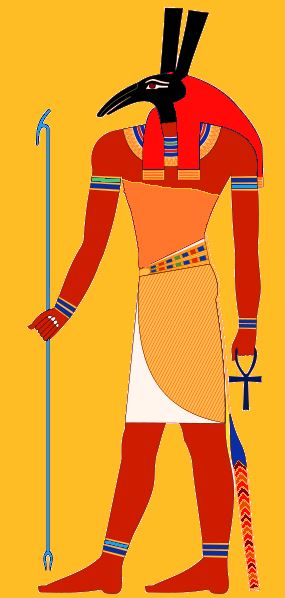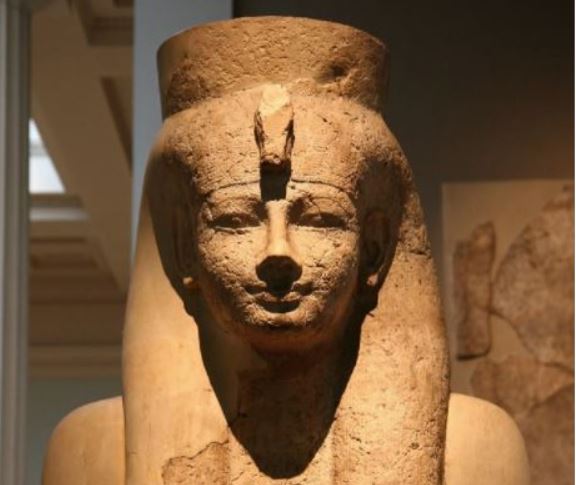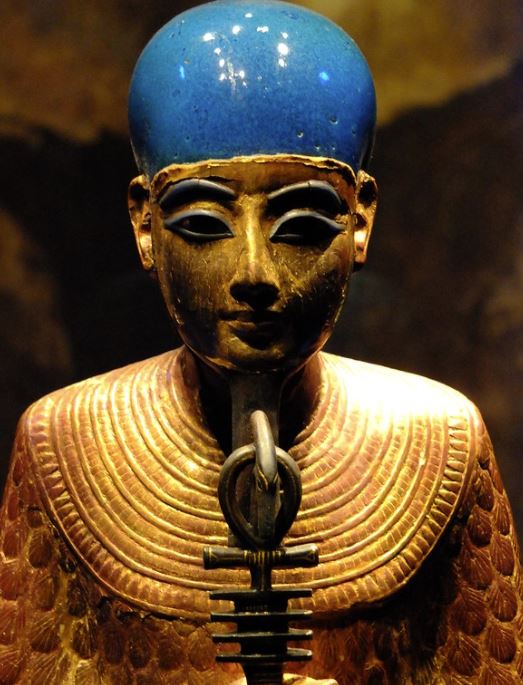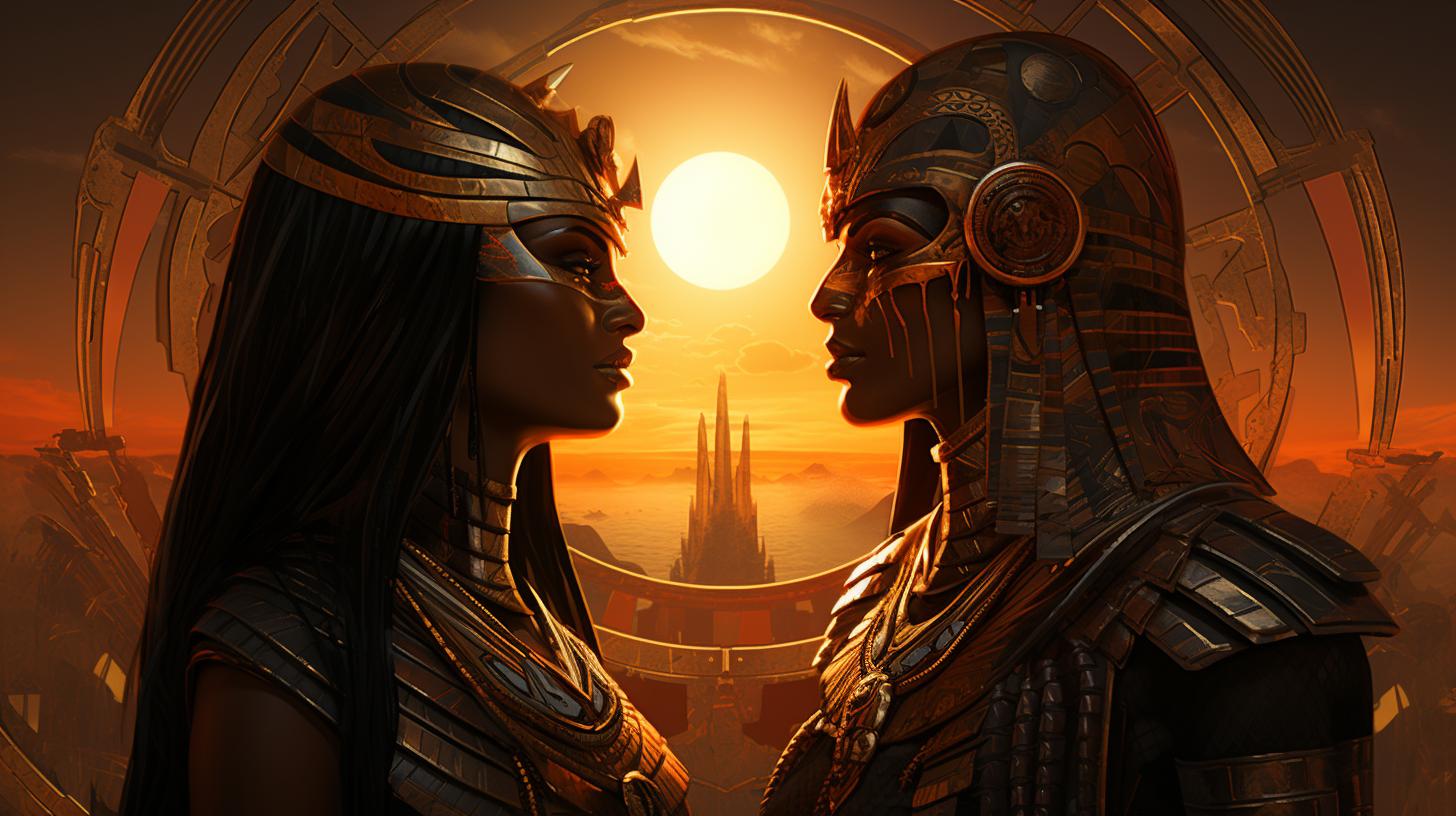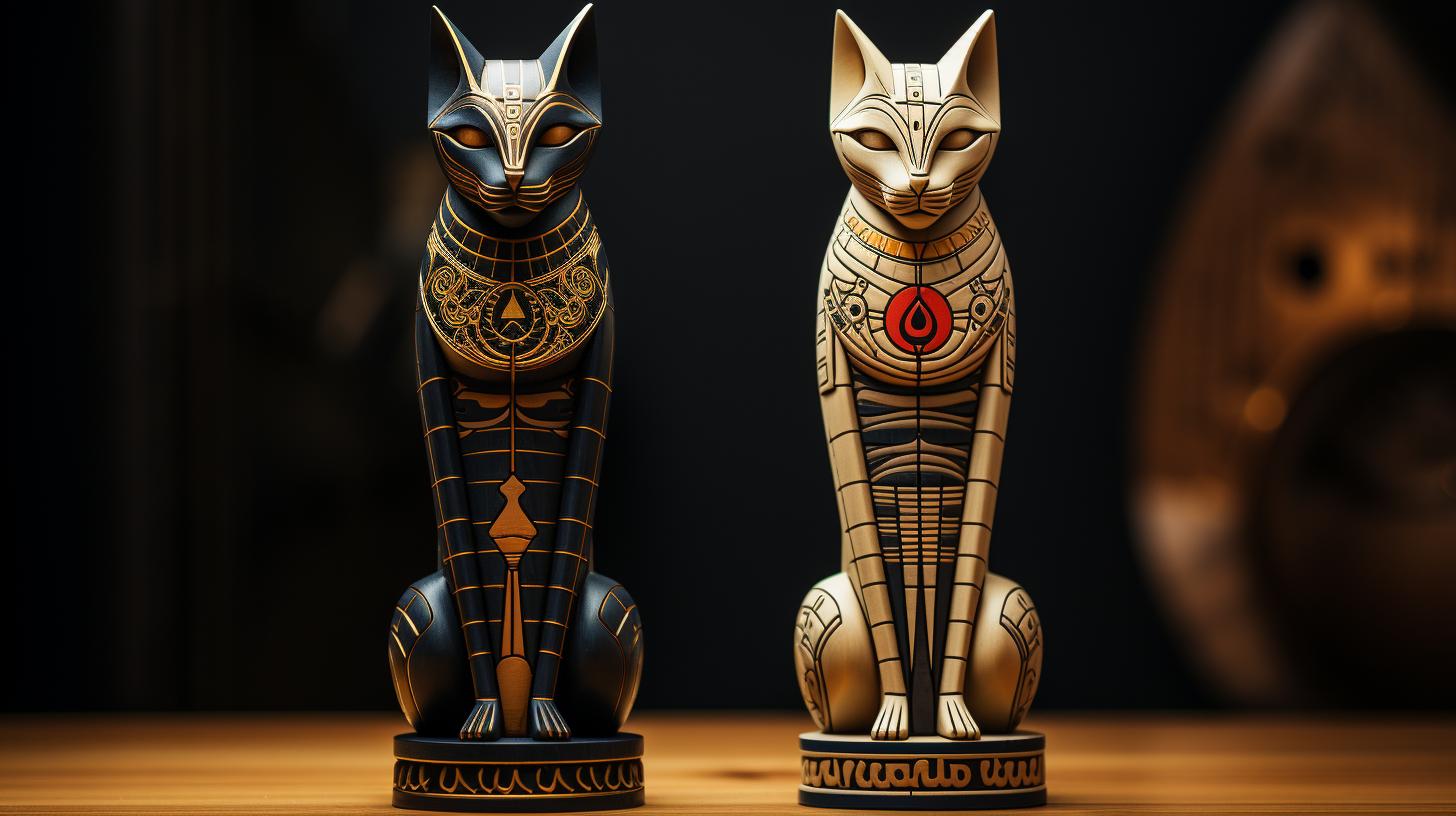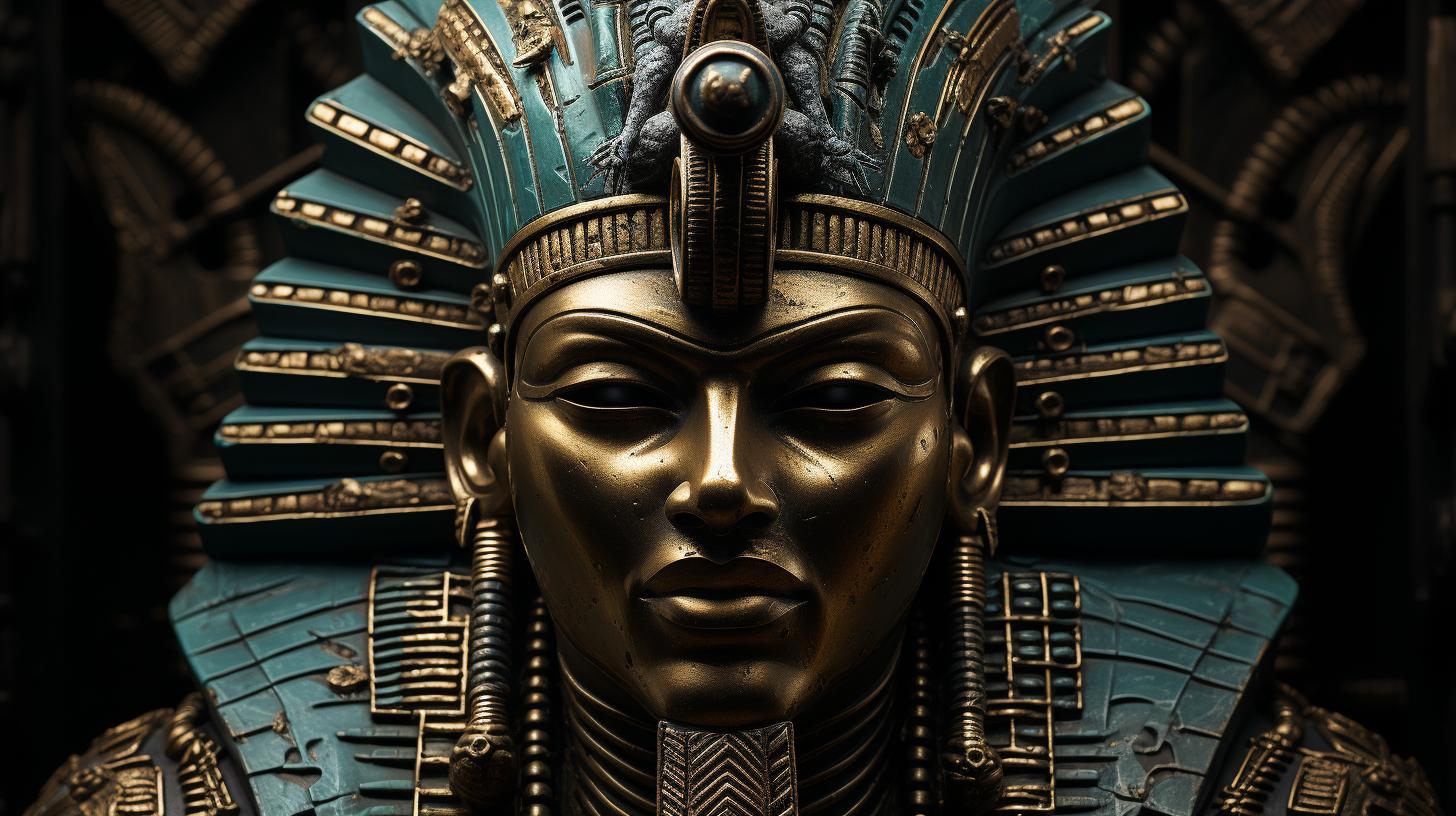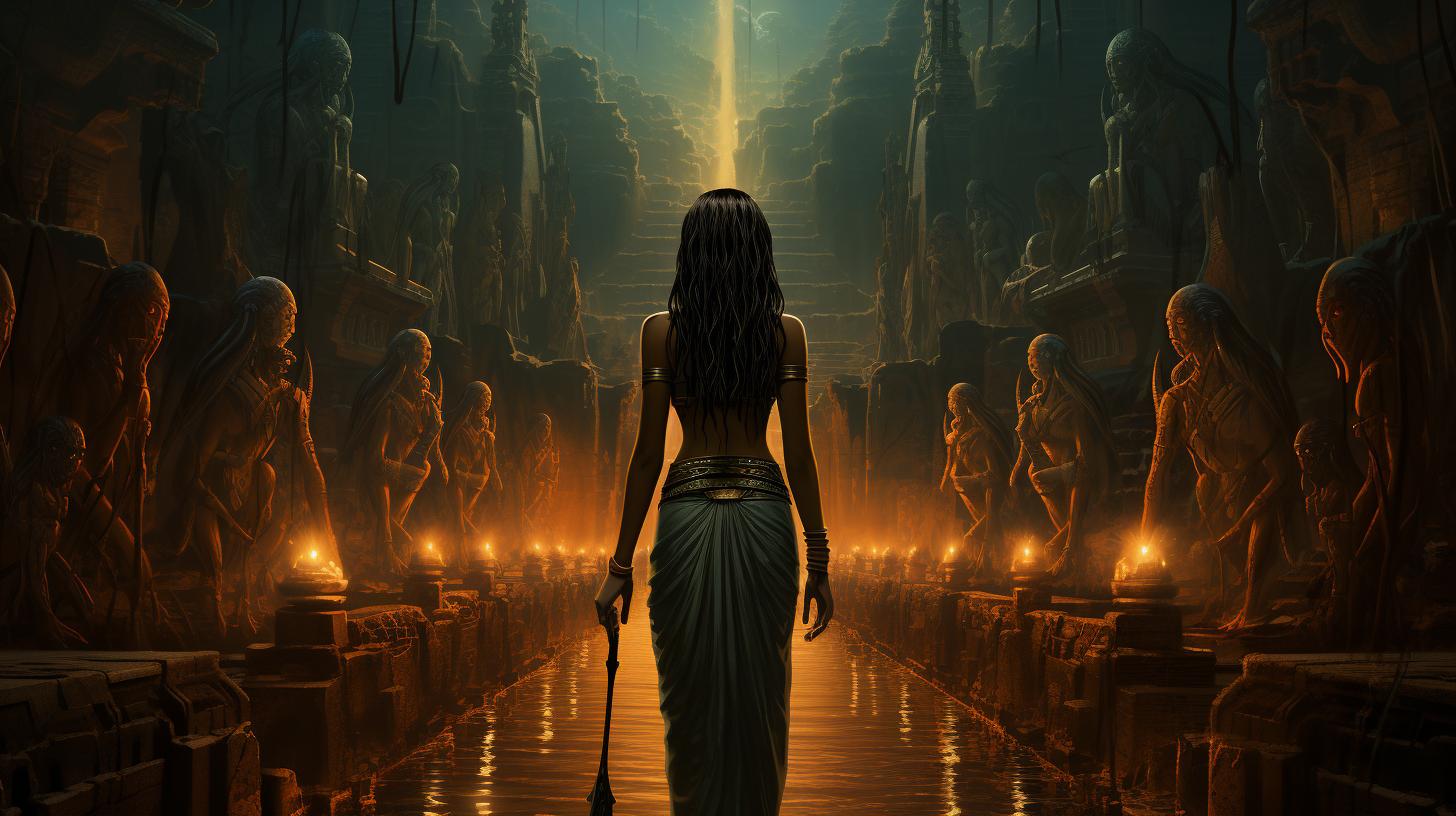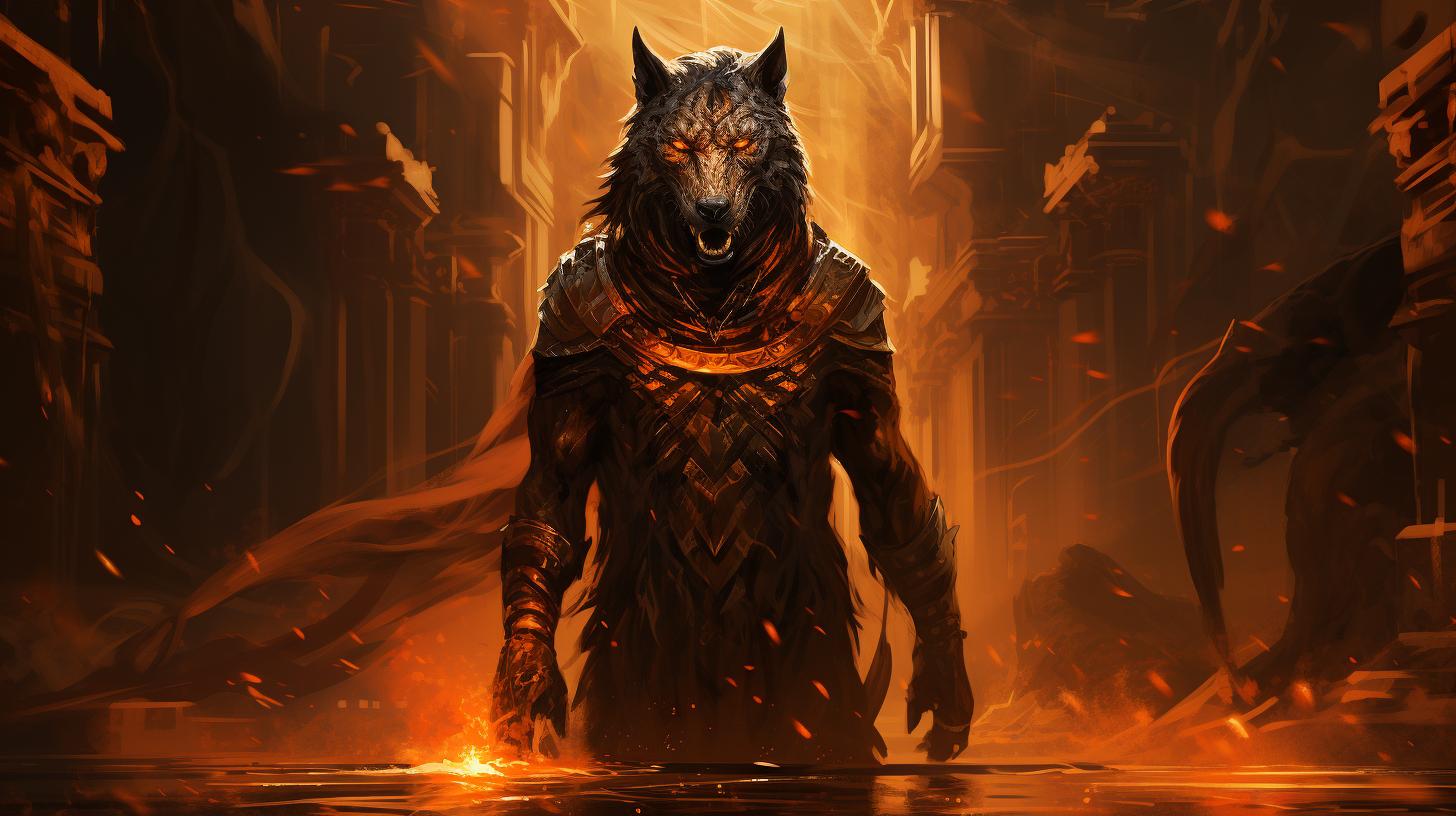Egyptian God Set, the God of Confusion and Chaos
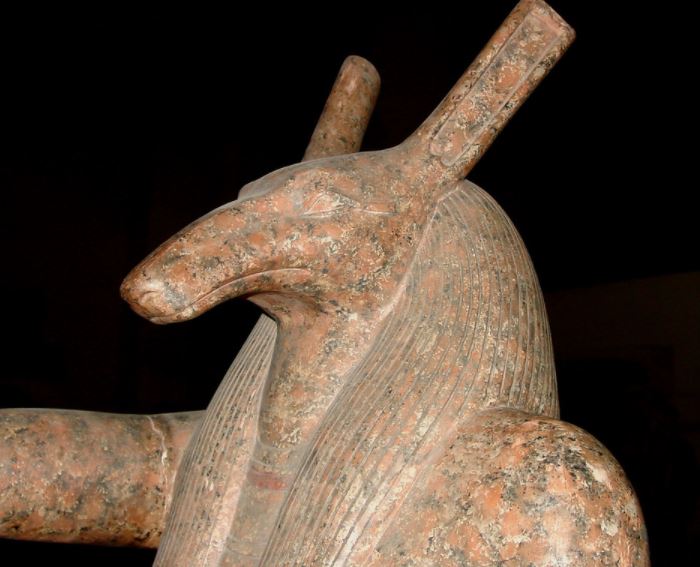
The Egyptian god Set (sometimes written as Seth too) was one of the most important deities in the pantheon of the ancient Egyptian religion, not only for his role in the pantheon but for his importance in the myth of Osiris, in which he is the main antagonist.
Of the many cultures in the ancient world, the Egyptians also dedicated a deity for deceiving, confusion and chaos. Set the god of confusion took this role in the Egyptian pantheon and was a very powerful figure that changed the course of history.
Who and what is Set the god of?
The Egyptian god Set parents were Nut, the goddess of the sky, and Geb, the god of the earth. Therefore, he was brother to Osiris, Isis, and Nephthys, who also became his wife.
According to many myths, the birth of the Egyptian god Set was unconventional and different from those of his siblings.
One version describes him making his way out of the womb of Nut with violence, while another wants him to have been spat away by Nut.
These stories reflect the peculiar role occupied by Set in the religion of ancient Egypt. Associated with violence, disorder, the desert, and foreigners, Set was in fact often seen as a negative figure.
Simplifying, he could be defined as the god of Chaos.
Nevertheless, in some important myths, he reconciles with the forces of Good and proves fundamental to their final victory. This ambiguity is recognizable in his iconography.
Like many other Egyptian deities, in fact, Set was often represented with animal features, but these traits can hardly be linked to those of any existing creature so that his personality cannot be easily deduced by the characters of the animals sacred to him.
Egyptologists usually refer to the entity depicted in Set’s statues and paintings as the “Set animal”, a totem animal that constitutes one of his symbols.
Another attribute of Set is the “was”, a particular kind of scepter that he often holds in his effigies. We will later deepen more about the “was” scepter.
Pictures of Set the Egyptian god of confusion and chaos
Set the god of confusion: Origin of his Name
In Egyptian hieroglyphs, the name of Set was spelled “sth” or “swth”.
Its meaning is unknown, but some scholars have suggested it could mean “he who is below”. Such interpretation makes sense considering the myths where the Egyptian god Set is presented as an antagonist to Horus.
The name of the latter, in fact, is by some thought to mean “the one who is above”.
History of the Egyptian god Set and his myths
According to Egyptian mythology, Set the god of confusion, after his unusual birth from Nut, committed many violent deeds.
The most important was surely the killing of his brother Osiris and the cutting of his body into many pieces, as described in the Osiris myth.
He also fought violently against Horus to prevent him from gaining the power which was rightfully his.
Besides, the Egyptian god Set was said to have used violence against his sister Isis, wife of their common brother Osiris, on several occasions. In one of these, he would have raped her, causing her to give birth to a monstrous creature having the features of an ibis and of a baboon.
Nevertheless, as we anticipated before, he was thought to have helped the deities associated with Good in some crucial moments. Let’s see this last, more enigmatic aspect of the Egyptian god Set in one of the most important myths of ancient Egyptian religion.
The Struggle between Ra and Apep
According to ancient Egyptian mythology, in the world, two cosmic principles, set one against the other, could be found.
One was the Ma’at, which embodied the concepts of truth and rightfulness and that was impersonated by the god Ra; the other was the Isfet, the principle of evil and disharmony, presided to by the demonic snake god Apep, which was also known as Apophis.
Ra and Apep were told to have once fought a terrible battle, the outcome of which was uncertain until the end.
Ra managed to defeat Apep at last, granting the prevailing of Good on Evil, thanks to the help of many other deities.
Surprisingly, one of them was the Egyptian god Set, who decided to stand for Ma’at in this important battle. In the specific, Set the god of confusion was said to have been standing on the prow of the mythical bark of Ra, protecting him from Apep.
It was also told that the battle between Set and Apep had been the cause of terrible natural events, such as thunderstorms.
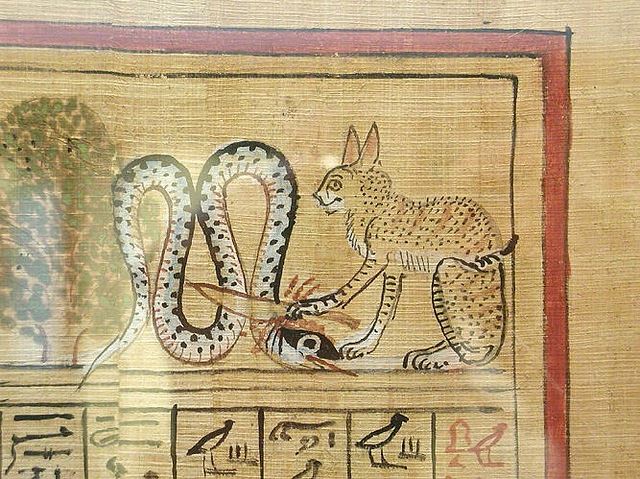
Ra in is feline form slaying the demon serpent Apep (or Apophis)
Egyptian god Set powers
Like many other deities, Set was thought to be able to disguise himself in many ways.
This ability was maybe more closely associated with him than with others because he was considered to be a trickster god, the patron of betrayal, just like the Norse god Loki in his mythology.
Besides, Set the god of confusion and chaos was thought to be able to produce catastrophic natural events, such as storms and floods.
In general, he was considered to be one of the strongest among gods, as proved by his role in the myth of the struggle between Ra and Apep.
Symbols of Set and Their Meanings
As anticipated in the introduction, the two main symbols of Set were the so-called “Set animal” and the “was” scepter. Let’s see in greater detail their meanings.
Egyptian god Set symbol: The Set Animal
It is common to ask ourselves what animal is Set Egyptian god and what it is representing.
Some scholars tend to identify the Egyptian god Set animal with some actually existing creature, or with a creature which is now extinct but was known to ancient Egyptians.
However, the majority of Egyptologists think that it does not represent any real entity, but was instead willingly produced combining elements from many different animals.
As such, the Egyptian god Set animal is thought to be a symbol for disorder and chaos, which in fact were attributes of Set.
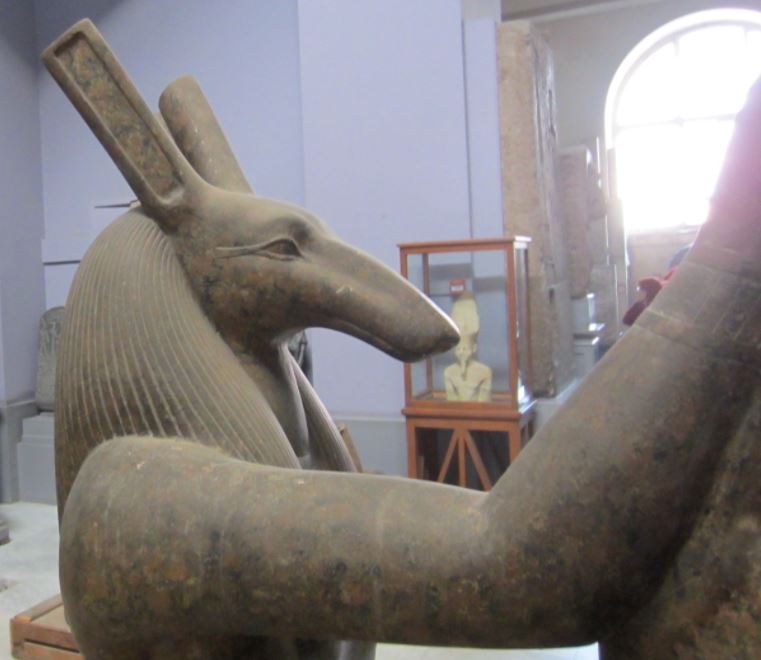
A representation of the Egyptian god Set animal
Egyptian god Set symbol: The “Was” Scepter
The “was” scepter was a long rod, having the shape of a stylized animal head at one end, and of a fork at the other.
This was actually the form of the hieroglyph having the meaning of “power”. Therefore, it is thought that the “was” scepter represented power over the forces of chaos which Set impersonated.
It is also considered that the “was” scepter was the Egyptian god Set weapon.
Additional Set Egyptian god Facts
We have said that Set was an ambiguous god, his roles in Egyptian mythology being alternatively good (as we have seen in the battle between Ra and Apep) and evil (as we saw in the myth of Osiris).
Nonetheless, for a long time, only the negative aspects of his figure have been considered.
It is interesting to note that this fact, referred to by scholars as the “demonization of Set”, might have occurred for historical reasons.
In fact, during the times when Egypt was occupied by foreign populations, namely the Assyrians and the Persians, the Egyptian god Set was identified with the oppressors because of his association with foreigners.
In this period, therefore, his positive traits were widely neglected, while his defeat by the hand of Horus was emphasized.

